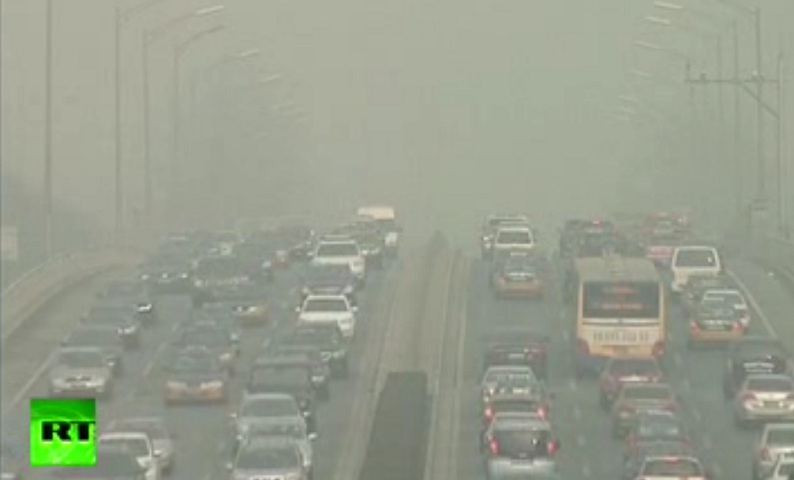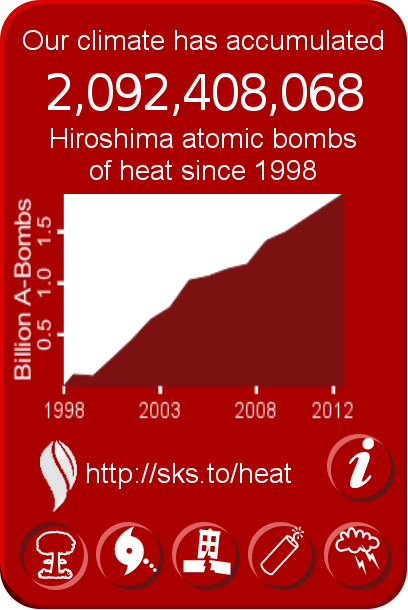I was thinking there might be other indirect measurements that would be more reliable than economic statistics, but I haven't had luck with pollution or health indicators. It seems the long-term effect of PM-2.5 exposure is a shortening of life span by various causes and ". . . There is no clear, direct evidence identifying which of the many sources of PM are responsible for the effects and, in particular, to what extent these effects are caused by PM from long-range transport of pollution. . . ."
Health Risks, p. 95Rockman: Perhaps you refer to the Action Plan on Prevention and Control of Air Pollution, described
here. I can't find details that count the move of coal plants away from urban areas in China. There is a "plant tracker" at
www.endcoal.org This link
How much coal is left worldwide? says there are 109 years of coal left -- down from the 200 years I often heard in the past. However, it is pointed out that these reserve figures are suspect
here as China continues to have 114.5 Gt of coal reserves since 1992. The article discusses a number of possible indicators of "peak coal" and I think it would be valuable to get some follow up on the items discussed there.
While I am skeptical there is a "peak coal" situation unfolding in China right now, I do not think it is analogous to "peak oil" at any rate, because we do not yet seem to have reached physical extraction constraints.
This article seems to jump to peak coal conclusions with scanty evidence. It could be the case, but it seems more likely to be a brief dip instead of a trend change because there are so many new coal plants being built. A better set of reasons for peak coal in China is presented in
China Coal Use Can Peak this Decade: What Did the IEA Miss? and from this
follow-up:
The conventional assumption in power business is that once a coal-fired power plant or other capital-intensive generating asset gets built, it will run pretty much at full steam for 40 years or more. Even if there is overcapacity at the moment, demand growth will raise utilization and the existing capacity will crowd out future investment.
However, this is not how things work in China. The government is not going to scrap the internationally pledged 15% non-fossil energy target for 2020 because of excess coal-fired capacity. Rather the overcapacity will lead to losses for power generators and will be eliminated by closing down older plants, as has happened with coal mining, steel and cement already.
Therefore, continued investment in coal-fired power plants does not mean locking in more coal-burning. It does, however, mean massive economic waste, and a missed opportunity to channel the investment spending into renewable energy, enabling even faster growth. Furthermore, the underutilized coal-fired capacity can exacerbate the conflict between coal and variable renewable energy in the grid, as grid operators are known to curtail renewable power in favor of coal.
Hence, investment in coal-fired power plants needs to be rapidly scaled back by restricting approvals and finance for new coal. The first step has already been taken with China banning new coal power plants in its three key economic regions, home to one third of currently operating coal-fired capacity.
But going back to the
chinese-coal-monster article, it is possible that the concern over pollution and promotion of renewables is also a response to peak coal, without admitting the peak.









/cdn0.vox-cdn.com/uploads/chorus_asset/file/3720092/china%20coal%20use.png)




